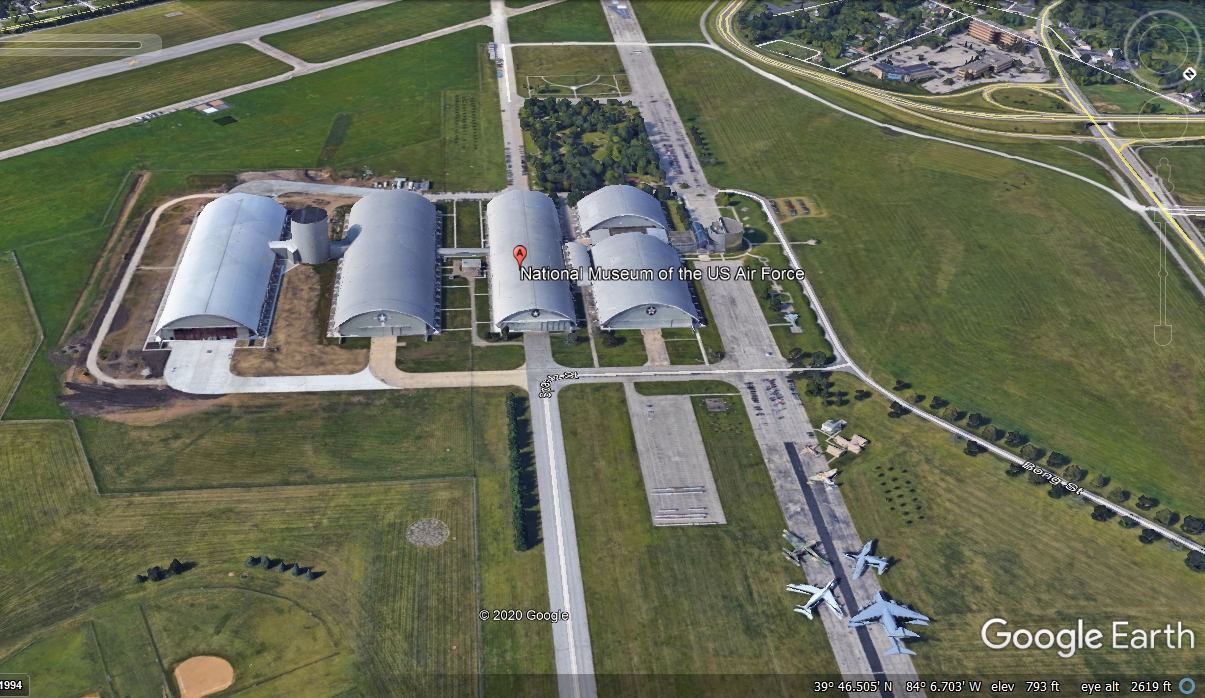https://www.nationalmuseum.af.mil/Visit/MuseumExhibits/FactSheets/Display/tabid/509/Article/196252/boeing-b-29-superfortress.aspx
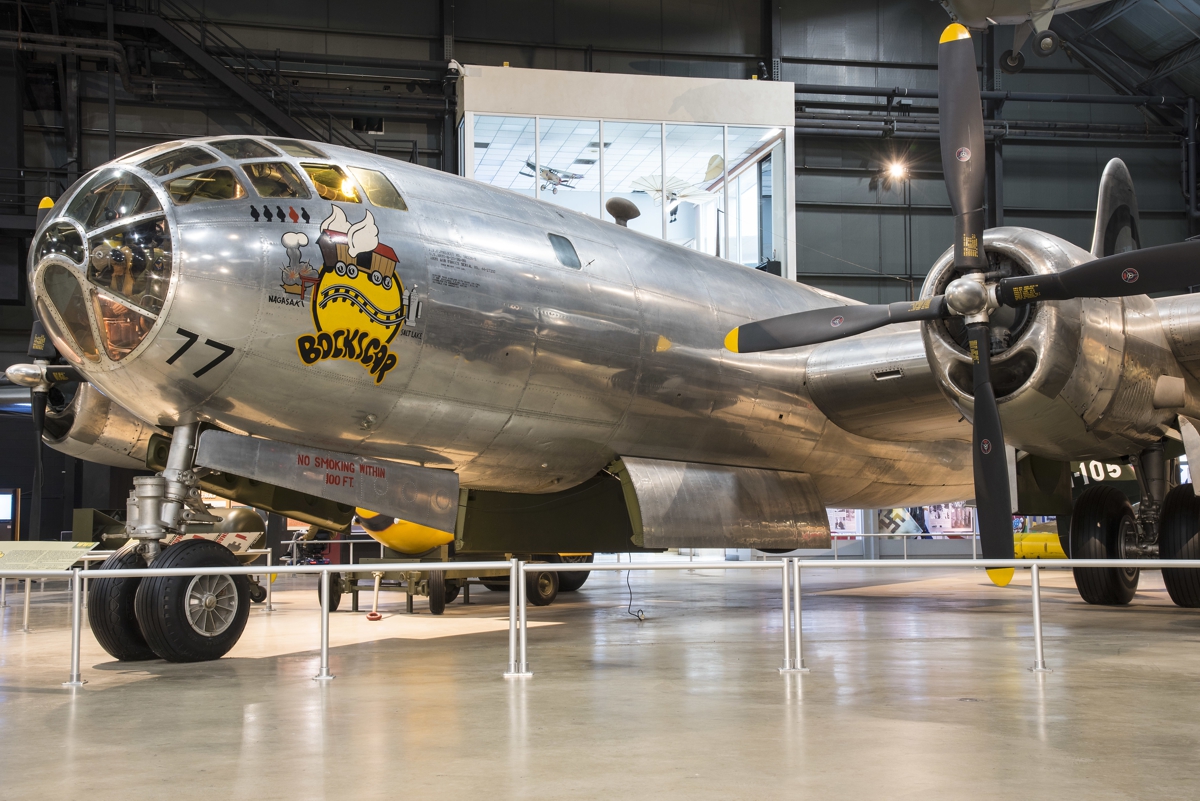
USAF Museum, Wright-Patterson Air Force Base, Dayton, Ohio · · PAGE 36.
July 27, 2019: This is one of the big days of our trip to the mid-western states. We walked through the World War II gallery on July 27, 2019 and saw plenty of well-known aircraft. We did not have time to loiter and take photos as the newer sections of the museum was our focus on this day. All the photos on this page are from the USAF Museum web site. I chose many of the best known aircraft from WWII for this web page.
World War II Gallery
The First aircraft encountered in the World War II Gallery is the B-29
that dropped the atomic bomb on Nagasaki, Japan to help END the war in the
Pacific. Here is the B-29 web page:
https://www.nationalmuseum.af.mil/Visit/MuseumExhibits/FactSheets/Display/tabid/509/Article/196252/boeing-b-29-superfortress.aspx

Another famous World War II bomber from the European Theater was the
Boeing B-17 Memphis Belle. Here is the link to the USAF Museum B-17 web
page:
https://www.nationalmuseum.af.mil/Visit/Museum-Exhibits/Fact-Sheets/Display/Article/195966/boeing-b-17f-memphis-belle/
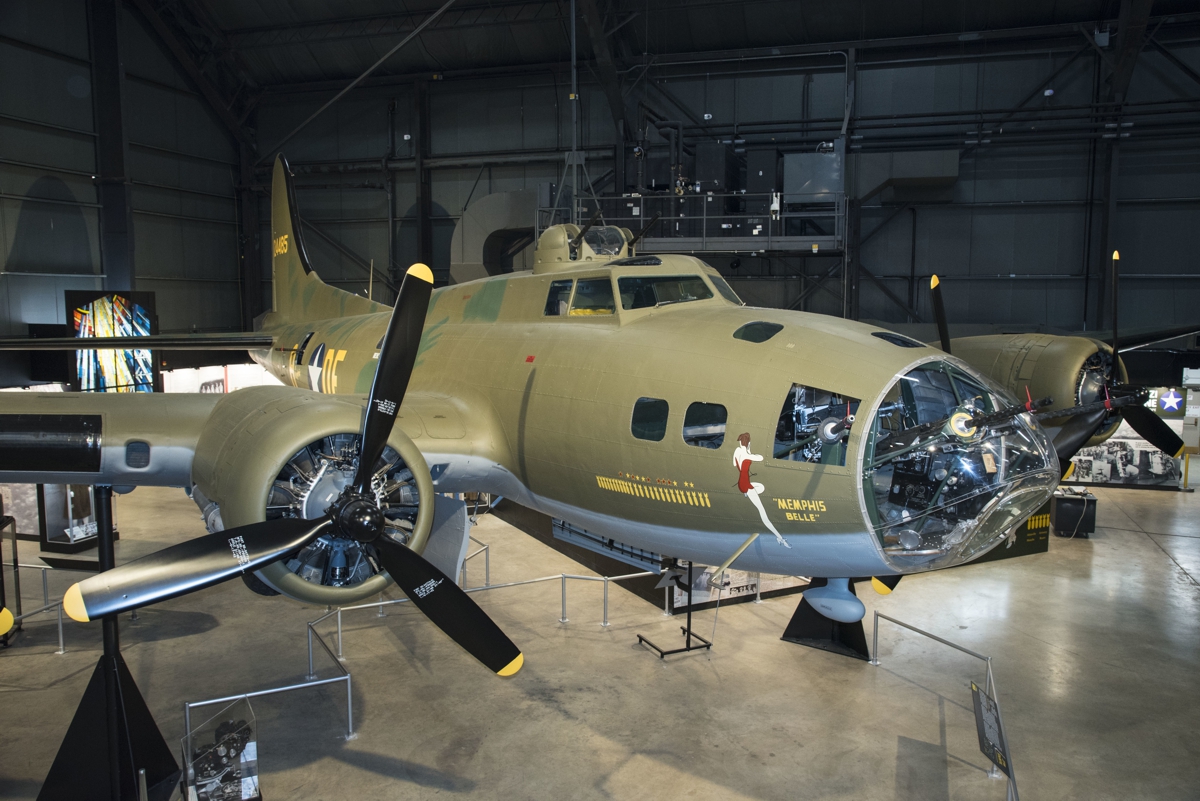
The P-51D was the ultimate World War II fighter plane escorting allied
bombers and wiping out the Luftwaffe. Here is the link to the USAF Museum
web page on the P-51:
https://www.nationalmuseum.af.mil/Visit/MuseumExhibits/FactSheets/Display/tabid/509/Article/196263/north-american-p-51d-mustang.aspx
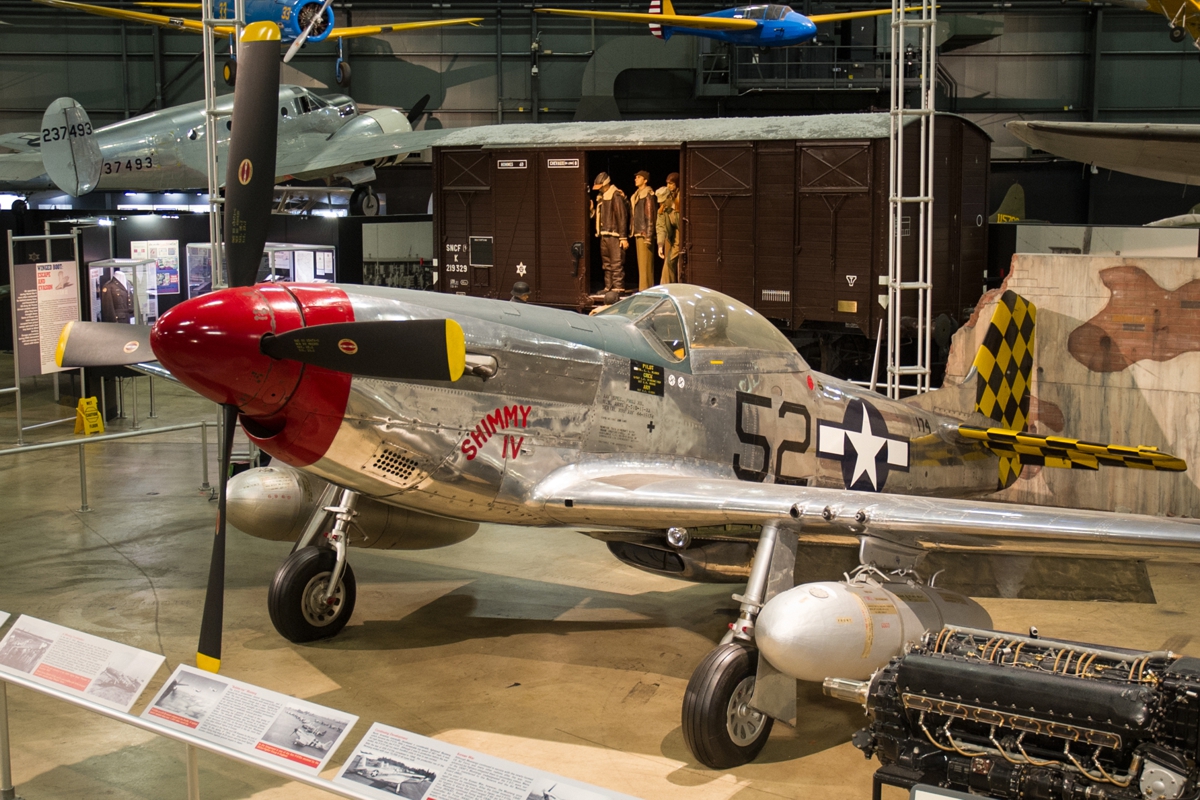
The B-25 Mitchell medium bomber was used in every theater of World War II
with it's most famous raid on Tokyo, Japan in April 1942 as depicted here on a
"carrier deck" scenario.
This USAF Museum web page has details about his type:
https://www.nationalmuseum.af.mil/Visit/MuseumExhibits/FactSheets/Display/tabid/509/Article/196310/north-american-b-25b-mitchell.aspx
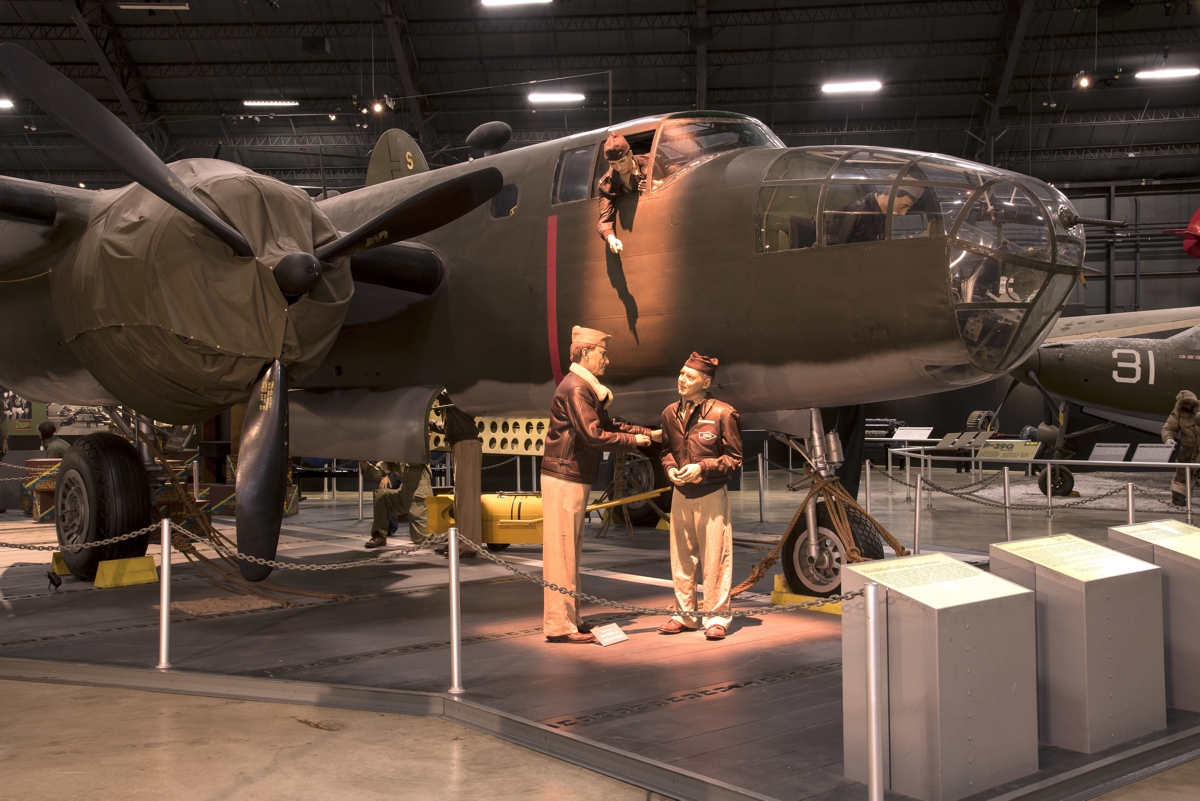
The Lockheed P-38 Lightning was a winner for pilots, especially in the Pacific
War. Details of this type are found on this USAF web page:
https://www.nationalmuseum.af.mil/Visit/Museum-Exhibits/Fact-Sheets/Display/Article/196280/lockheed-p-38l-lightning/
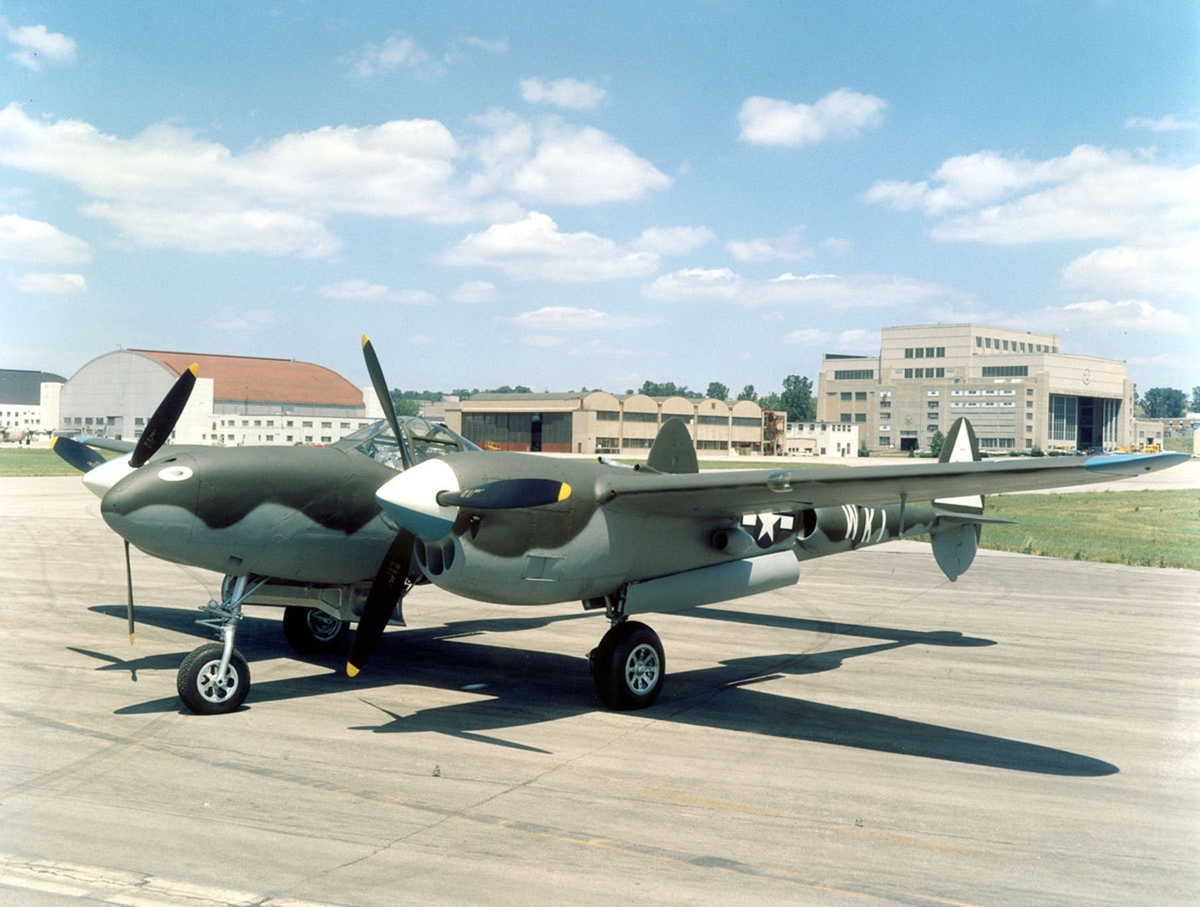
The B-24 Liberator "Strawberry Bitch" is seen here in the USAF
Museum. Use the following web page link for more information on this type
of long range bomber:
https://www.nationalmuseum.af.mil/Visit/Museum-Exhibits/Fact-Sheets/Display/Article/196286/consolidated-b-24d-liberator/
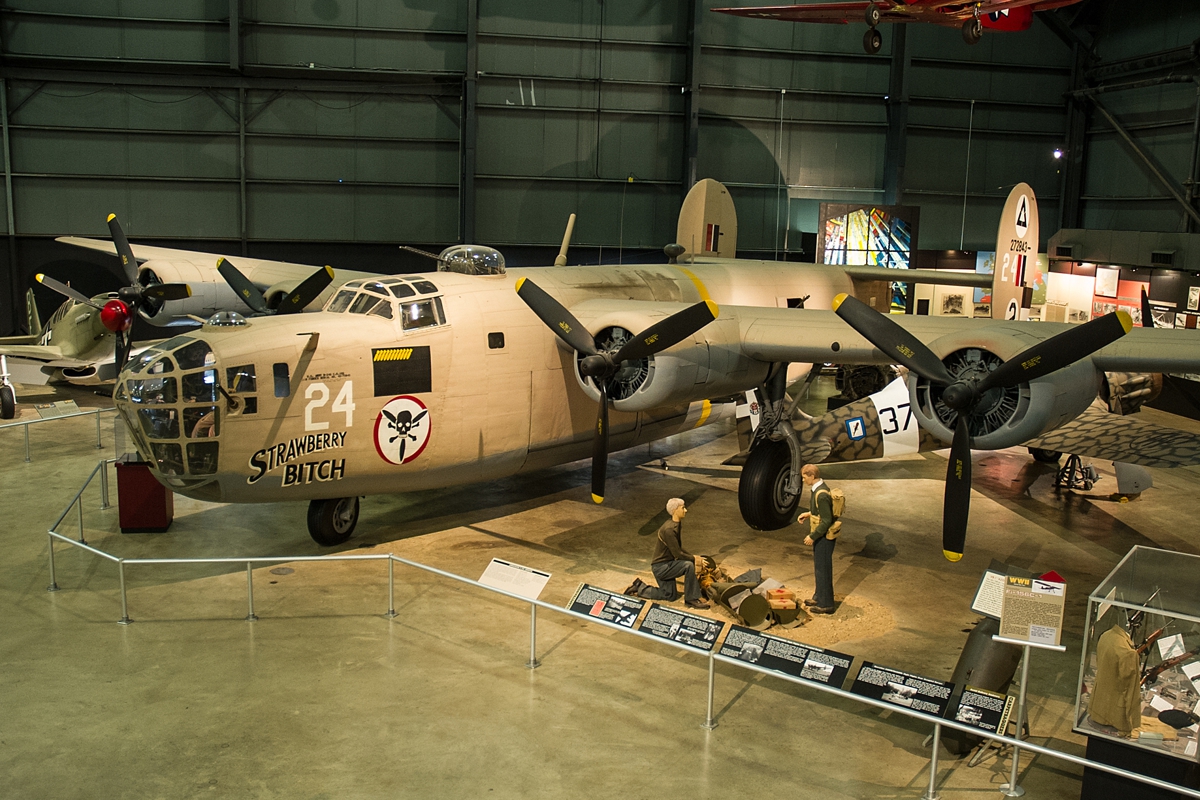
The C-46 Commando was used very effectively to "Fly the Hump"
hauling supplies from India to the USAF units in China during World War II.
Details about this aircraft are found on this USAF Museum web page: https://www.nationalmuseum.af.mil/Visit/MuseumExhibits/FactSheets/Display/tabid/509/Article/196258/curtiss-c-46d-commando.aspx
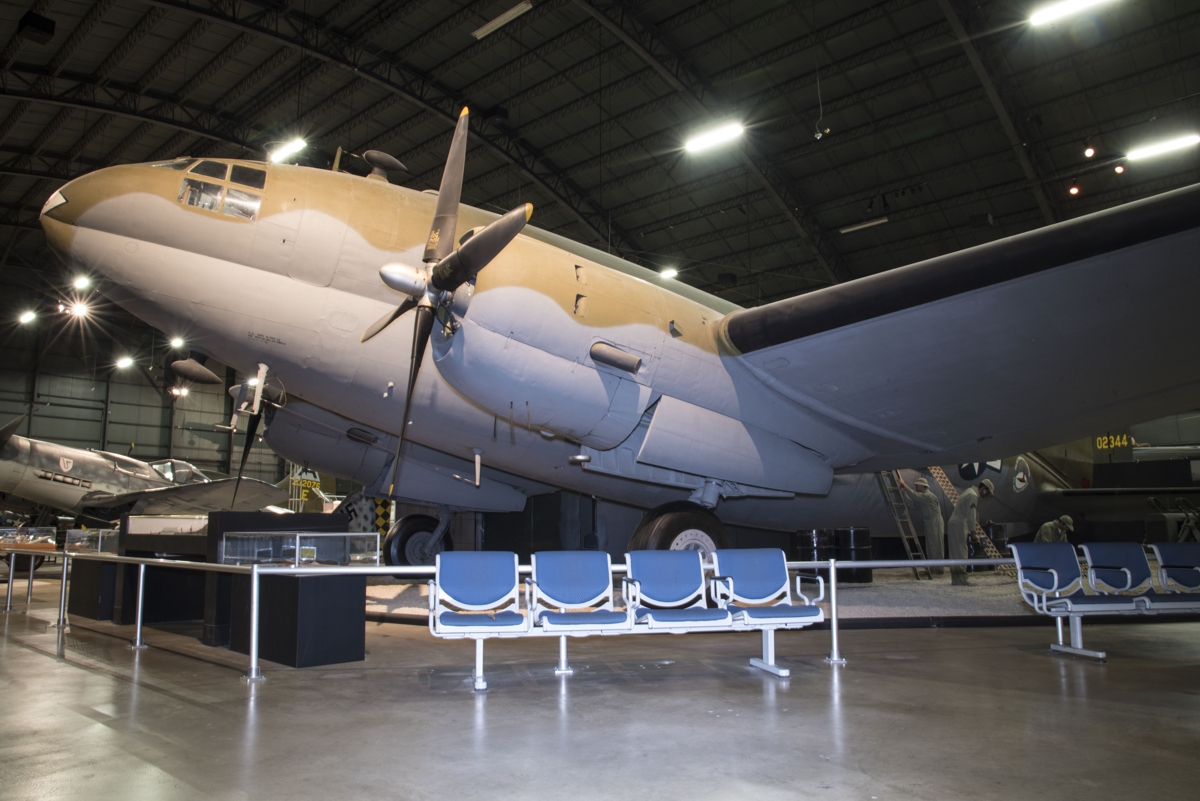
The De Havilland DH 98 Mosquito was used by the British Royal Air Force in
World War II and in Canada and Australia. There were some that were given
to the US Army Air Corps as described in this online article from the USAF
Museum. https://www.nationalmuseum.af.mil/Visit/Museum-Exhibits/Fact-Sheets/Display/Article/196281/de-havilland-dh-98-mosq
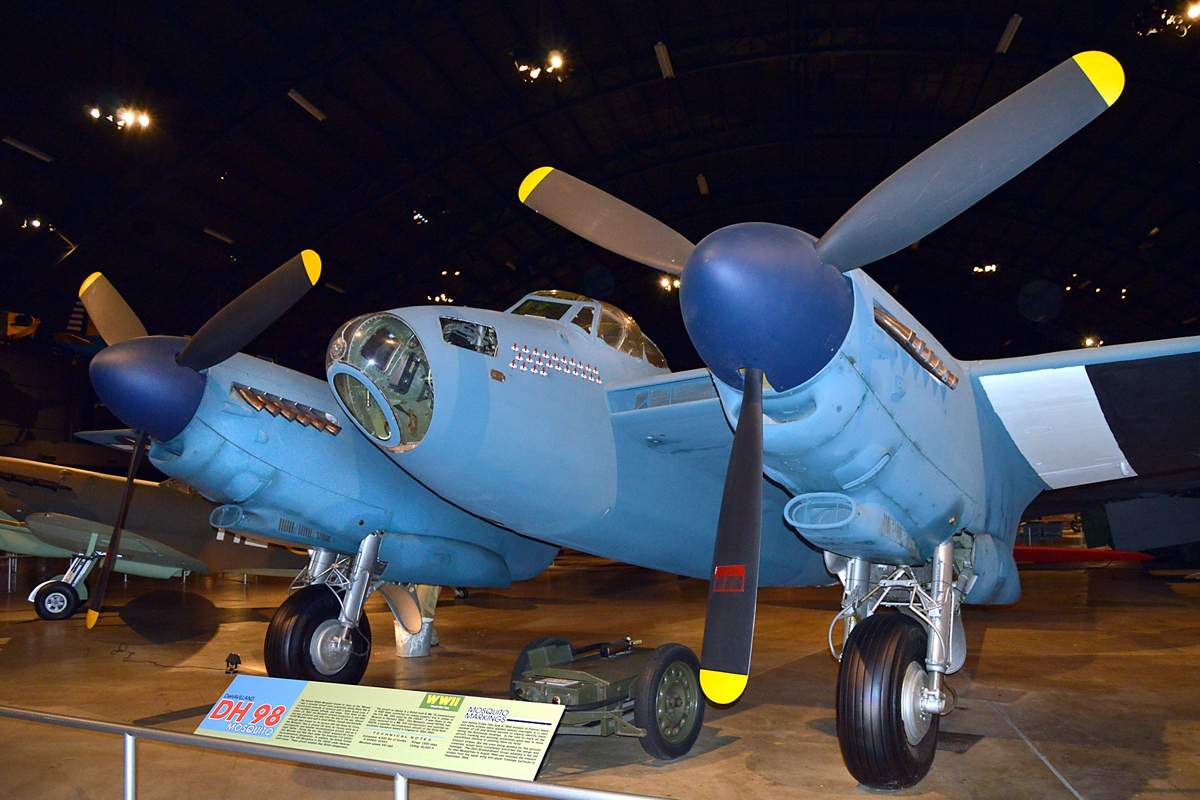
The Curtiss P-40E is seen here in the USAF Museum. Learn more about
the P-40 models from WWII via this USAF Museum web page:
https://www.nationalmuseum.af.mil/Visit/Museum-Exhibits/Fact-Sheets/Display/Article/196309/curtiss-p-40e-warhawk/
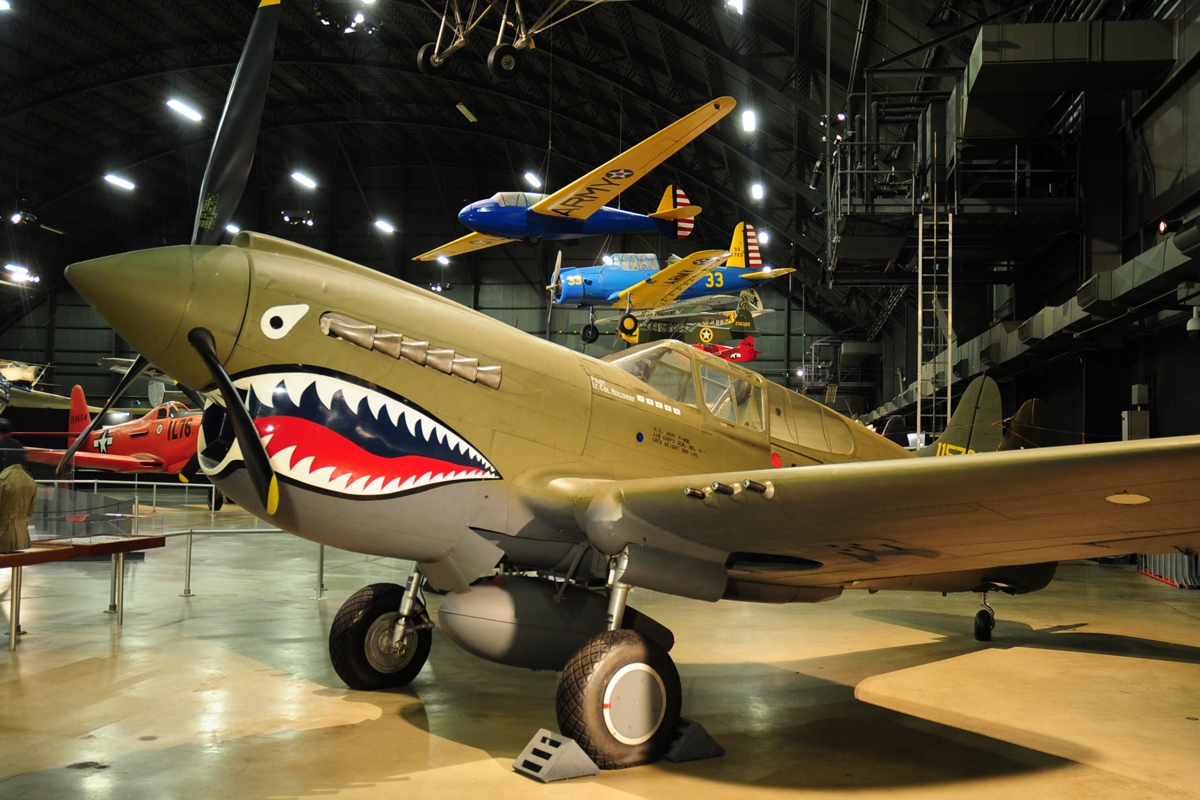
The Douglas DC-3 airliner and the military version the C-47 changed the
world in many ways. On June 6, 1944 for the invasion of Europe, the C-47
towing a Waco CG-4A glider paired up to bring airborne troops and jeeps to
landing zones behind the German lines in Normandy. During World War II, a
large number of airfields were built all across Florida to train pilots to fly
these airplanes and gliders towed behind the C-47. I trained as a student
pilot at one of
those airports near West Palm Beach to get my private pilot license in the early
1990's.
Douglas C-47 web page: https://www.nationalmuseum.af.mil/Visit/Museum-Exhibits/Fact-Sheets/Display/Article/196271/douglas-c-47d-skytrain/
Here is the data on the glider: https://www.nationalmuseum.af.mil/Visit/Museum-Exhibits/Fact-Sheets/Display/Article/196272/waco-cg-4a-hadrian/
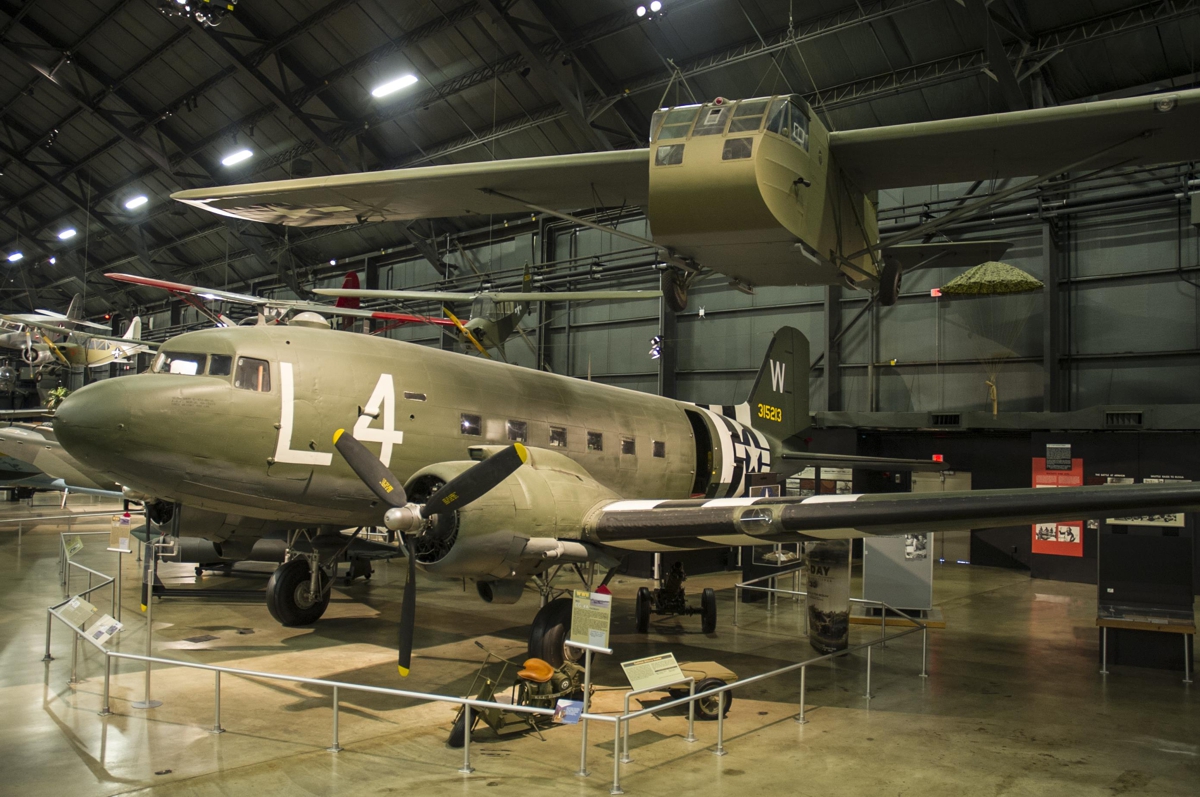
The Martin B-26G Marauder was a fast and successful medium bomber produced
in World War II. Here is a link to the USAF Museum web page for this
aircraft.
https://www.nationalmuseum.af.mil/Visit/MuseumExhibits/FactSheets/Display/tabid/509/Article/196275/martin-b-26g-marauder.aspx
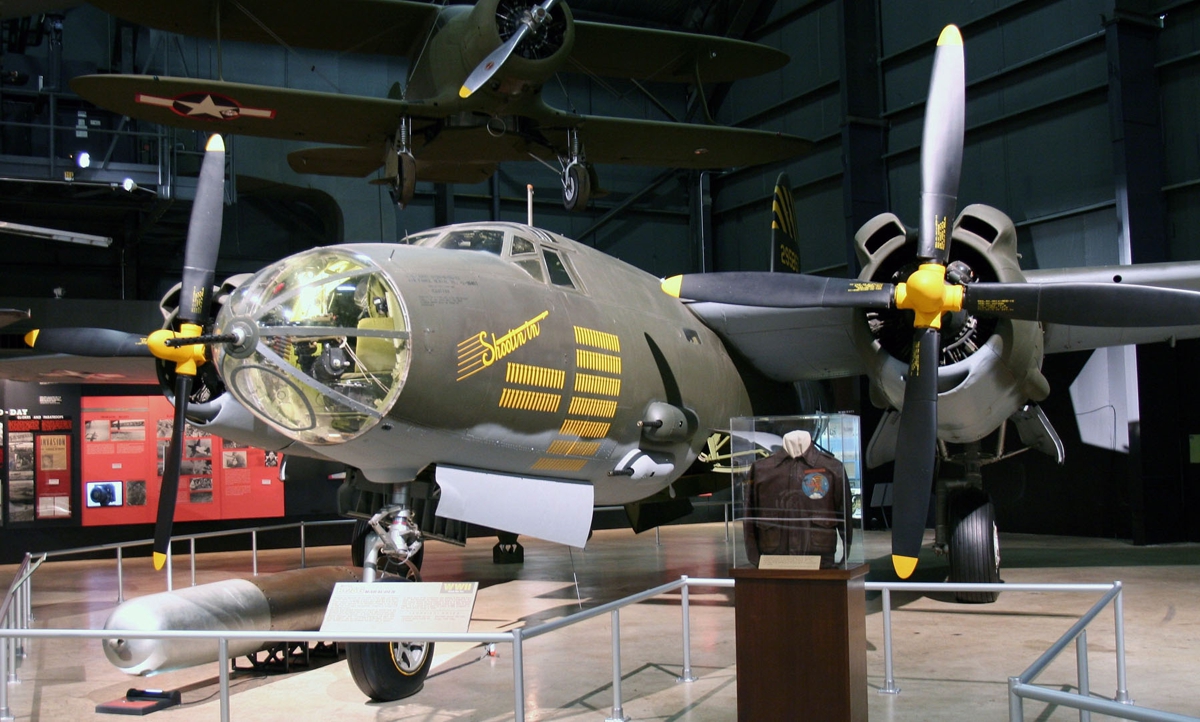
Here is an airplane that was not known to the public until band leader
Major Glenn Miller was lost over the English Channel in this type aircraft on
December 15, 1944.
https://www.nationalmuseum.af.mil/Visit/Museum-Exhibits/Fact-Sheets/Display/Article/196265/noorduyn-uc-64a-norseman/
It is a Noorduyn UC-64A Norseman.
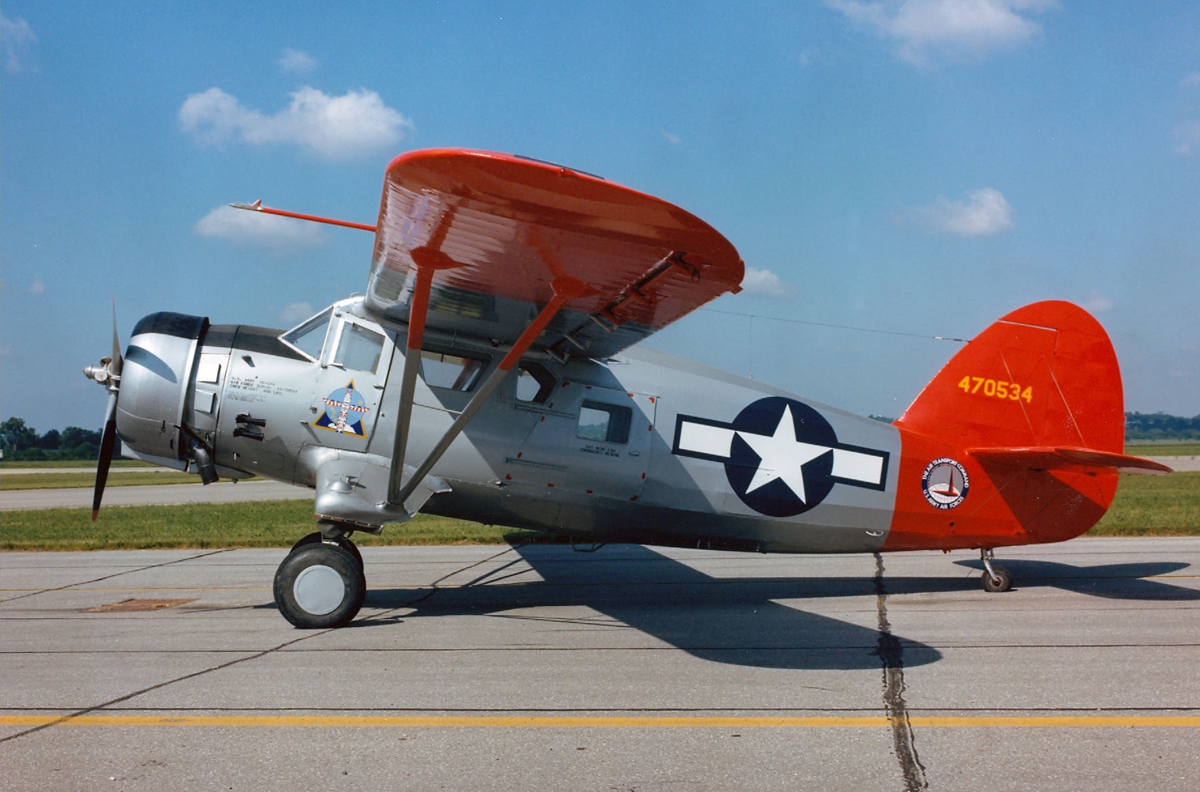
A History Channel episode investigating why the airplane never made it to Paris from Britain considered the possibility an allied bomber returning from Germany dropped its un-used bombs in the English Channel at a point where the Norseman was flying lower under the flight path of the bomber. This online article offers this and another possibility about the loss of this aircraft and Glenn Miller: https://www.cpr.org/show-segment/70-years-later-mystery-of-glenn-millers-disappearance-may-be-solved/
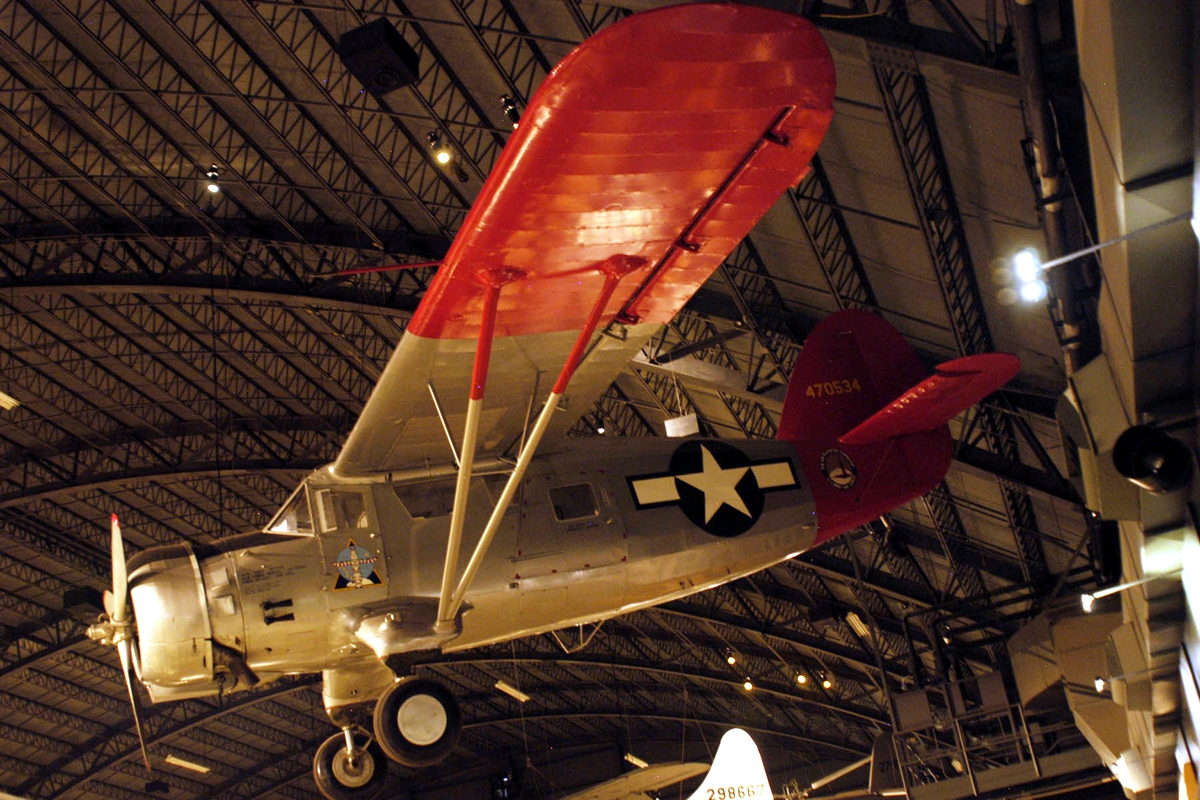
The German Messerschmitt Me 262A was the first operational jet fighter in
World War II. One of the secrets of this airplane was it's leading edge
slats used during takeoff and in combat maneuvers to make tight turns when the
slats extend forward and down. Similar slats were included in the design of
the F-86 Sabre Jet during the Korean War. The slats are shown here in the
retracted position.
https://www.nationalmuseum.af.mil/Visit/Museum-Exhibits/Fact-Sheets/Display/Article/196266/messerschmitt-me-262a-schwalbe/
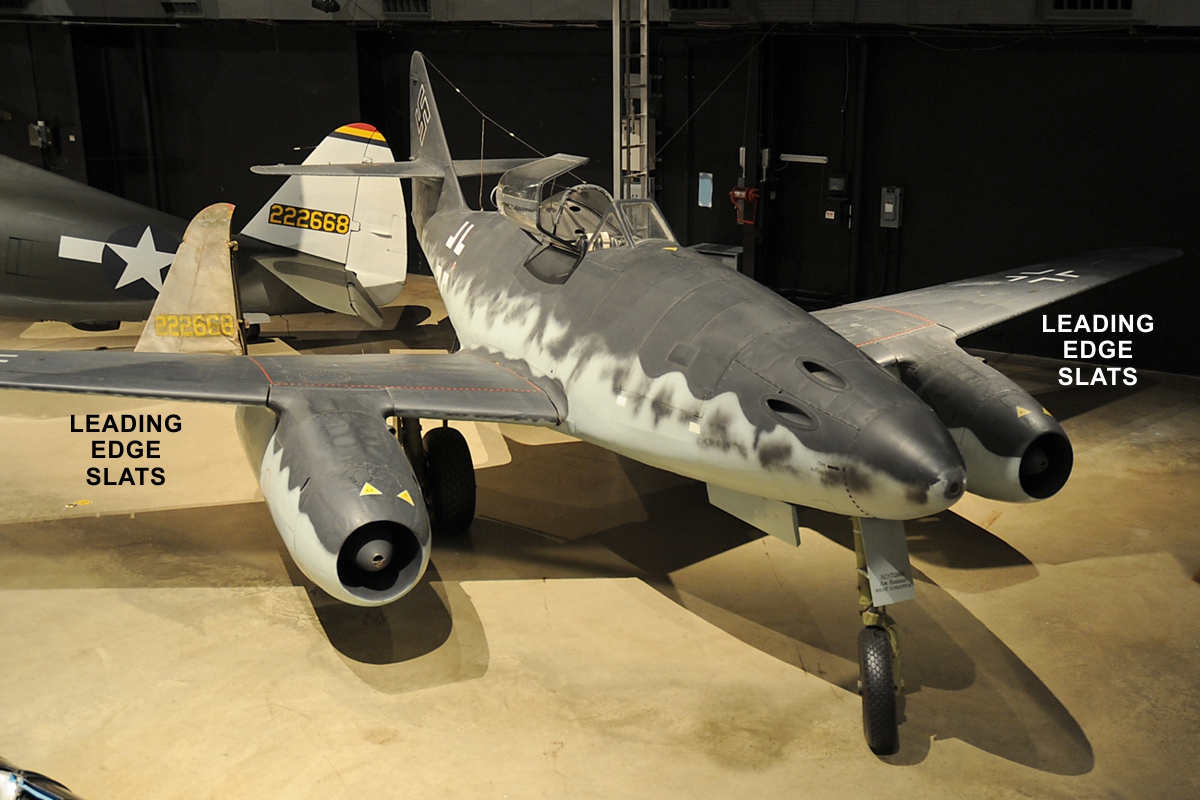
This Wikipedia online article about the development of the North American
F-86 fighter mentions the leading edge slats as one of the modifications adapted
from the Me-262.
https://en.wikipedia.org/wiki/North_American_F-86_Sabre
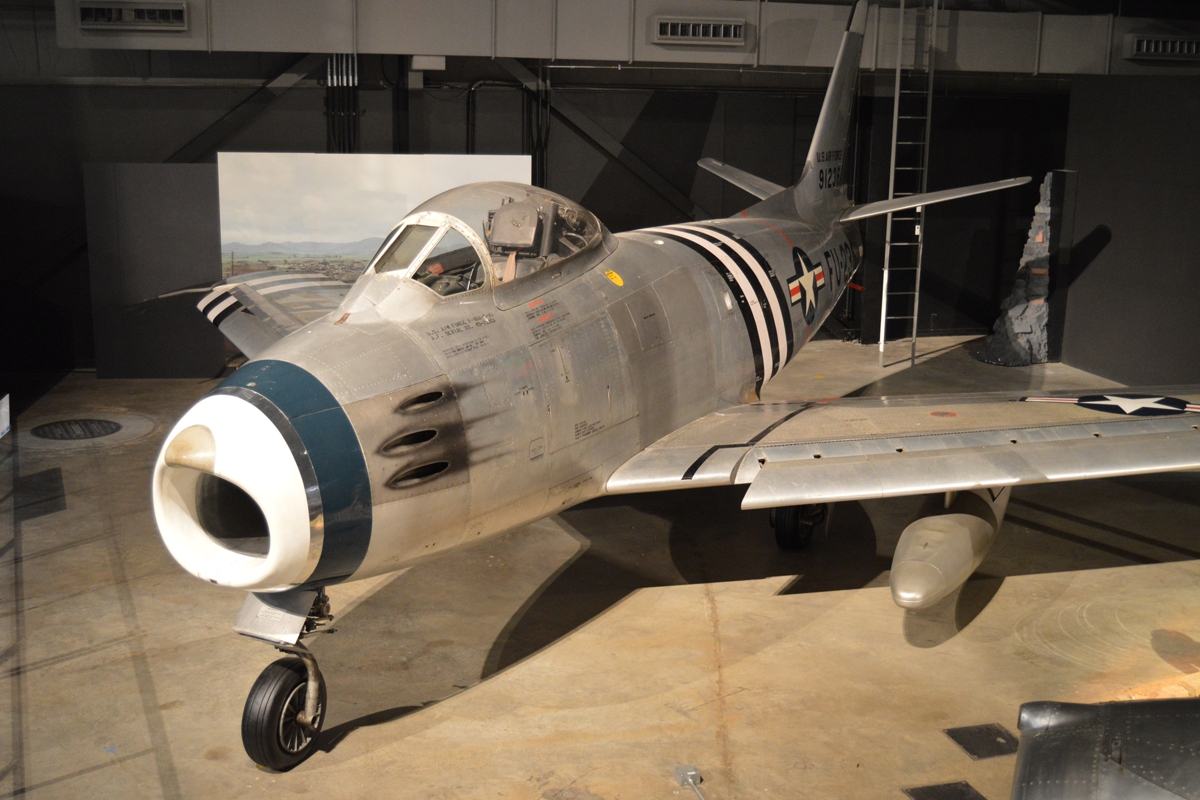
Here is a parting shot from an aerial view of the US Air Force Museum.
